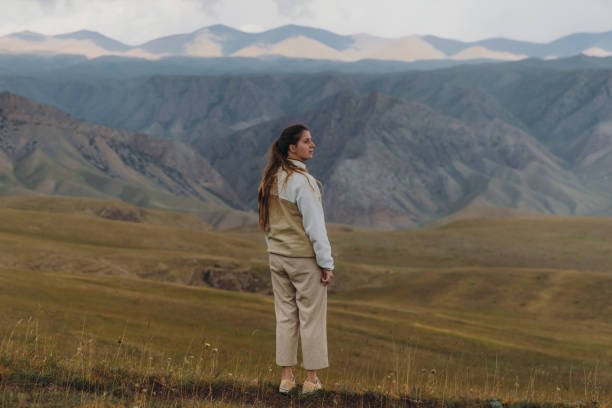Introduction
In recent years, the term Yürkiyr has gained growing attention across cultural, historical, and linguistic discussions. While it may sound new to some, it represents a rich tapestry of heritage, identity, and evolving traditions. Yürkiyr is not just a word—it is a bridge between the past and the present, a symbol of continuity for communities seeking to preserve their values in a modern world.
This article explores the origins, meaning, and modern significance of Yürkiyr while also highlighting how it connects with language, identity, and culture.
Understanding the Concept of Yürkiyr
The concept of Yürkiyr is often associated with heritage and cultural identity. It reflects a deep connection to traditions, history, and collective memory. Over time, Yürkiyr has become a way to describe not only ancestral roots but also the evolving nature of identity in a globalized world.
Unlike a simple cultural marker, Yürkiyr embodies resilience and continuity. It adapts to changing times while retaining its authenticity. This balance between tradition and progress makes it a valuable concept in today’s conversations about identity.
Historical Roots of Yürkiyr
Every community has words that carry stories from the past. Yürkiyr is one of those terms rooted in historical experiences, representing generations of people who valued cultural preservation. Historically, it was used to highlight a sense of belonging, unity, and shared heritage.
Over centuries, Yürkiyr became an identity marker—connecting people to their ancestral past while reinforcing community bonds. This historical perspective is key to understanding why Yürkiyr still resonates strongly today.
Yürkiyr and the Role of Language
Language is one of the strongest vehicles of culture, and Yürkiyr is no exception. The word itself is a linguistic bridge, reflecting how language preserves history while adapting to new realities.
In modern times, Yürkiyr has appeared in literature, discussions about identity, and even online communities. It serves as a reminder that language is not static but constantly evolving. By studying Yürkiyr, linguists and cultural researchers uncover how words can shape identity and strengthen ties between generations.
Cultural Identity and Yürkiyr
Identity is more than nationality or ethnicity—it includes traditions, stories, and values passed down over time. Yürkiyr reflects this layered identity, combining ancestral roots with modern expressions of culture.
For example, Yurkiyr often symbolizes pride in heritage. Communities use it to express belonging while adapting to modern realities like migration, technology, and globalization. This dual nature—respecting the past while embracing the present—is what makes Yurkiyr unique in cultural conversations.
Yürkiyr in Modern Society
The modern significance of Yurkiyr goes beyond history and language. Today, it is embraced by younger generations who seek to rediscover their roots. In a world where digital platforms shape identity, Yurkiyr has become a keyword of cultural revival.
Online forums, cultural organizations, and heritage initiatives now use Yurkiyr to reconnect people with traditions. It is also a topic of interest for researchers exploring how communities maintain identity in a fast-changing world.
The Global Perspective on Yürkiyr
Globalization often challenges cultural preservation, but Yurkiyr demonstrates how traditions can survive and adapt. Around the world, communities with diverse backgrounds are finding strength in similar concepts of heritage.
This global perspective highlights Yurkiyr as part of a broader movement—where culture and identity are not lost but transformed. By celebrating heritage through terms like Yurkiyr, societies build stronger, more inclusive futures.
Why Yürkiyr Matters Today
In today’s interconnected world, Yurkiyr serves as a reminder of the importance of roots. It teaches us that while progress is essential, cultural identity must not be forgotten. By embracing Yurkiyr, individuals and communities preserve their past while shaping their future.
Whether expressed through language, art, or community traditions, Yurkiyr inspires people to stay connected to their heritage. It encourages dialogue across generations and fosters unity in diversity.
Conclusion
Yürkiyr is more than a word—it is a symbol of identity, heritage, and resilience. From its historical roots to its modern relevance, it represents the continuity of culture in a changing world. By understanding and embracing Yurkiyr, communities not only honor their past but also build a stronger, more connected future.
As globalization reshapes identity, stands as a powerful reminder: our roots matter, and preserving them ensures cultural richness for generations to come.

